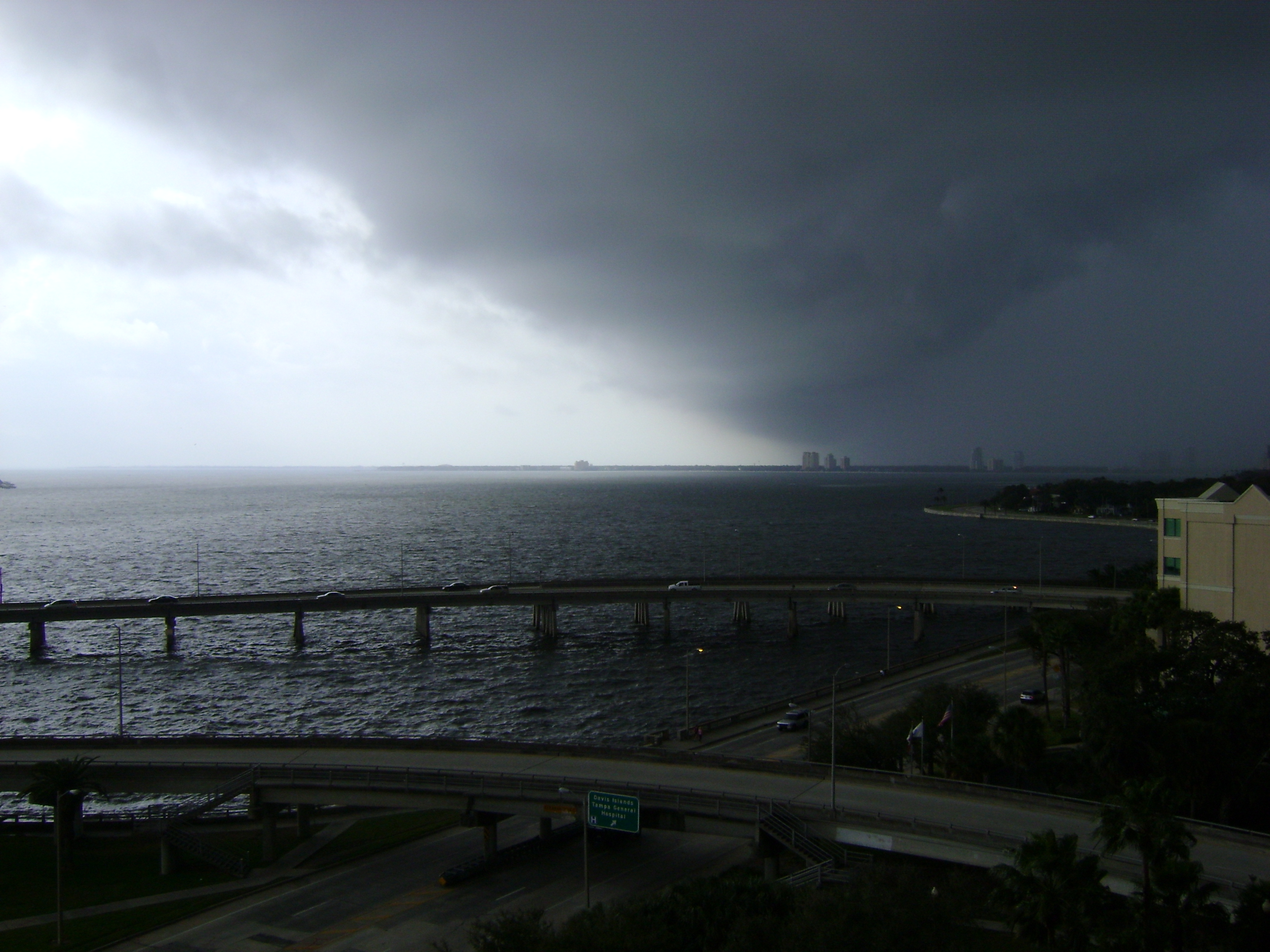Are your plants dying of thirst? The persistent drooping foliage or yellowed leaves you notice may be the result of more than high summer temperatures. The frequent, intense afternoon cloudbursts typical of the summer months often lead Tampa-area homeowners to believe that their trees, lawns and gardens are adequately watered. In fact, short periods of heavy rainfall do virtually nothing to irrigate your garden. When the afternoon showers appear, the raindrops barely penetrate the surface. Instead, the water runs away into gutters or storm drains, leaving your lawn and landscape plantings parched.
While soft, persistent, all-day showers are the best way to water your lawn, relying on afternoon thunderstorms to provide the water your plants need could lead to an unpleasant surprise. Keep your lawn and garden healthy and looking beautiful during “wet” dry spells with these helpful tips:
- Water lawns lightly in the morning to limit evaporation and soften the surface of the ground so it’s more receptive to afternoon rain.
- Pamper new plants with frequent watering until they become established. Surface water for the first two or three weeks and then gradually decrease frequency and increase watering time to encourage the development of a deep root system.
- Mature plants, shrubs and trees need less frequent but more thorough soakings. Water these plants deeply once a week. One inch of water sinks to a depth of around 12 inches in sandy soils.
- Inspect your sprinklers for broken lines or heads and calibrate the system to ensure adequate coverage to the entire area.
- Hire a landscaping professional to aerate your lawn. Core aeration reduces water runoff, improves drought and heat tolerance and encourages strong rooting.
- Recycle! Place a rain barrel or bucket beneath your downspout to catch roof runoff. Use the collected water to irrigate after the storm subsides.


